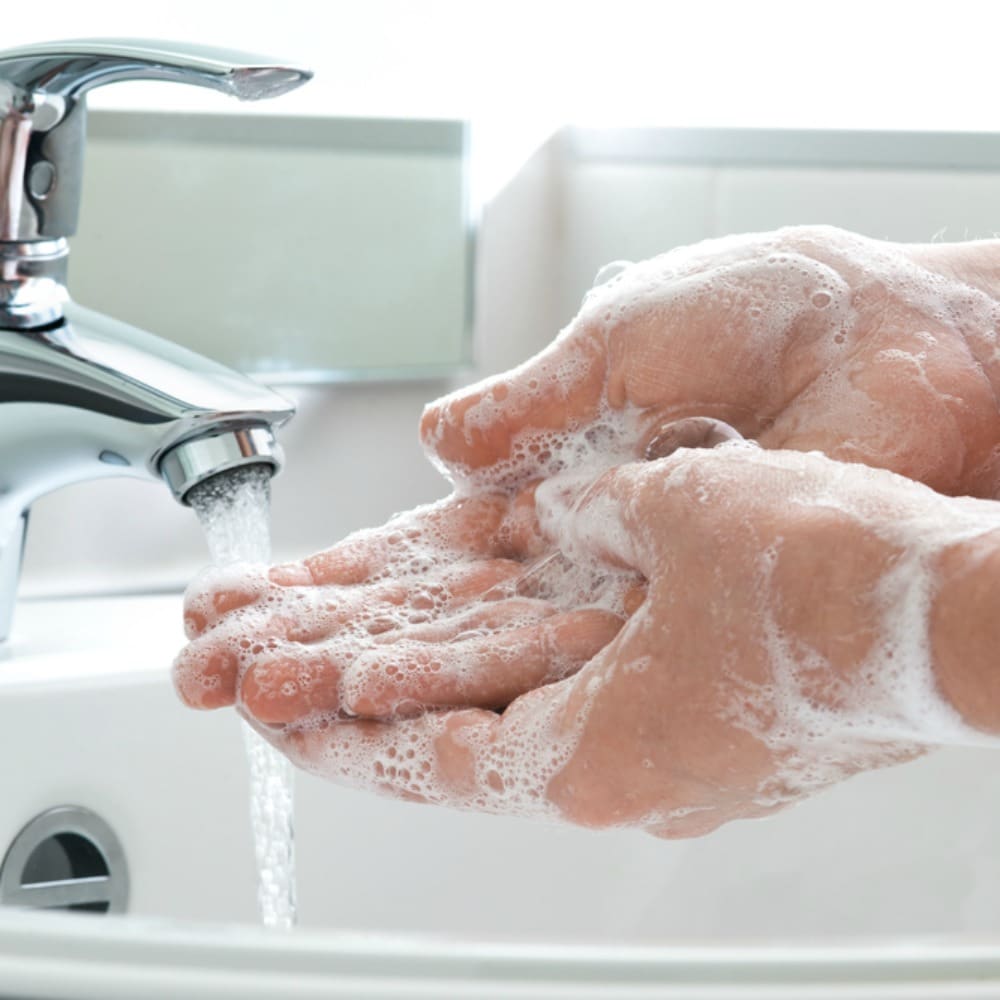Hand sanitizer can help to not only keep your hands clean but also protect against some disease causing microbes that may be laying in wait on your hands to make contact with your food or face to spread throughout your body. Recently sales of hand sanitizer are reported to have jumped by as much as 73%, and along with that so have prices on a few sources looking to take advantage and make a quick buck at your expense while most prices remain unchanged.
Keep in mind that hand sanitizer is not the first strategy in preventing infection, according to the CDC frequent and thorough hand washing with soap and water for at least 20 seconds is the best method for reducing hand germs and curbing disease transmission. But hand sanitizer is an alternative when soap and water is not available.
In order to make an effective DIY hand sanitizer experts suggest that you need to have the correct recipe. The CDC recommends that hand sanitizers contain at least 60-95% alcohol in order to eradicate germs and have microbe busting power. Also keep in mind that hand sanitizers work best on clean hands, and they may be less effective when the hands are visibly dirty or greasy.
“We know it works — just make sure it has enough alcohol in it.” Dr. Stephen Morse, a professor of epidemiology at Columbia University in New York.
If hand sanitizers have the correct ratio of alcohol to other ingredients they can also curb microbe exposure. But they can also dry out hands so adding an emollient such as aloe vera gel or glycerin to the mixture can help to prevent your skin from drying out while providing a pleasant smell. If DIY hand sanitizer is stored in a close bottle it could last for weeks, the CDC reports.
The ratio recommended by the CDC is made with 161 milliliters of isopropyl alcohol and 79 ml of emollient. If your solution is made up of two thirds 91% isopropyl alcohol and one third emollient the alcohol content of that mixture would be 60.6% (that’s 91 x ⅔ ). To make the alcohol content higher that’s made from a ratio of three fourths 91% isopropyl alcohol and one fourth emollient would make a mixture that has an alcohol content of 68%.
The World Health Organization has a recipe for DIY hand sanitizer production for parts of the world where clean water and commercial sanitizers are hard to come by and even unavailable, their solution has an even higher alcohol content. This mixture is made from 35 cups of 96% ethanol, 145ml of 98% glycerol, and 417ml of 3% hydrogen peroxide which is added to help reduce bacterial contamination of the hand sanitizer and “and is not an active substance for hand antisepsis,” the WHO says.
Washing your hands with soap and water is more effective for disease prevention because it will remove microbes that alcohol based products will not such as C. Difficile and Cryptosporidium; additionally soap and water will also remove traces of heavy metals and pesticides that hand sanitizers can leave behind.
Whether you are using soap and water or a hand sanitizer it should be applied to all hand surfaces including the wrists and rubbed for about 20 seconds, or in the case of the sanitizer until it is dry, making sure to scrub all surfaces including the backs of your hands, under your nails, and between your fingers in the process.
Your hands should be cleaned/sanitized throughout the day especially after coughing, sneezing, blowing your nose, after using the bathroom, touching a door handle, touching elevator buttons, using stair rails, using a bank machine or store card machine, using public transportation, shaking hands, before touching your face, and before eating, among other times.
“After you use hand hygiene, avoid people who are coughing and sneezing,” Schaffner said. “If a sneeze or a cough suddenly comes upon you and a tissue is not available, bend down and sneeze or cough into the crook of your elbow. An additional thing to do is to avoid shaking hands — use the elbow bump.”




